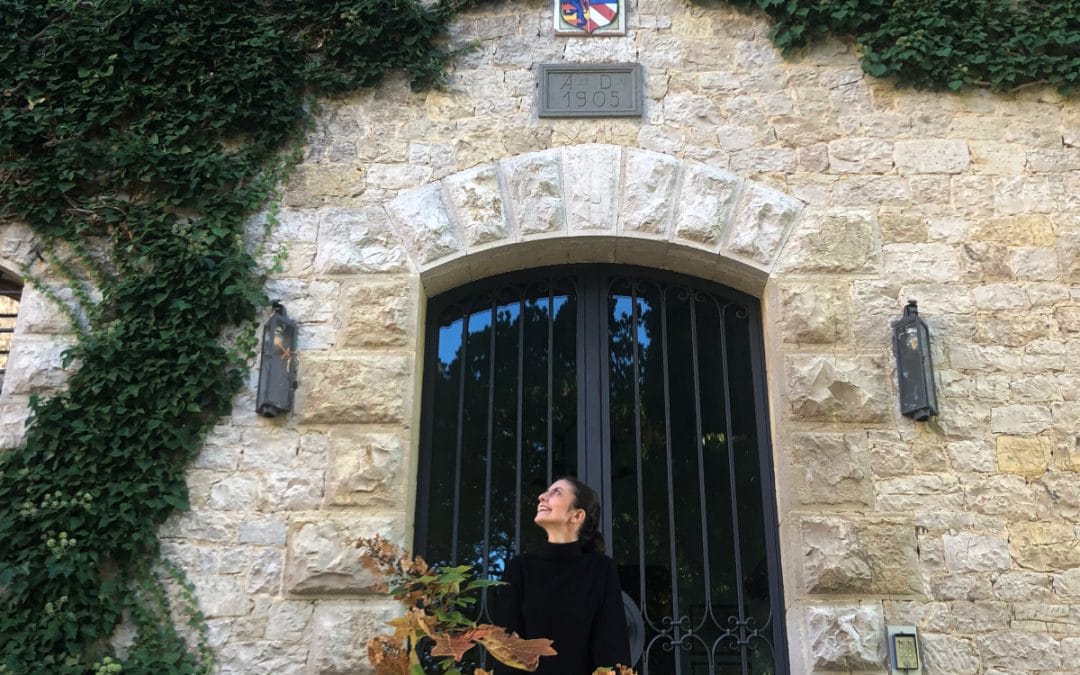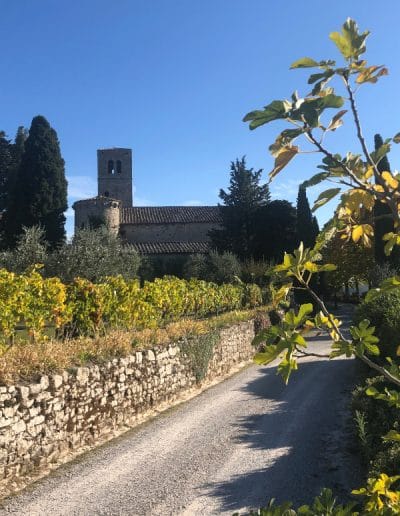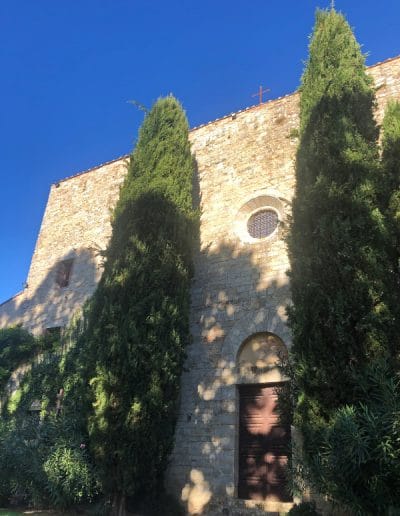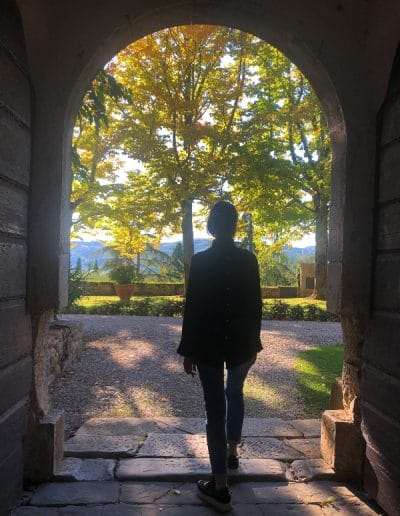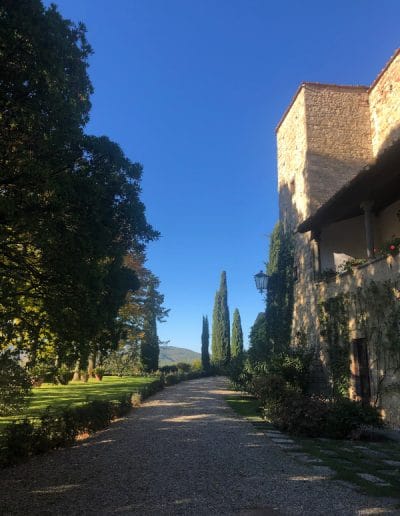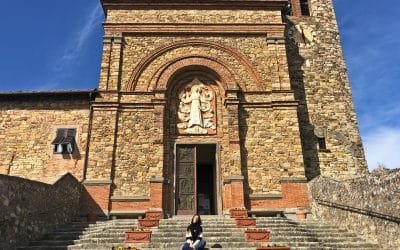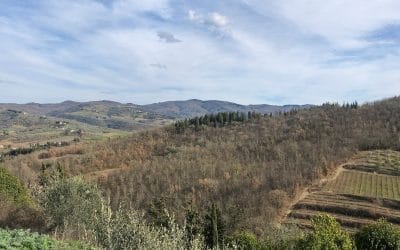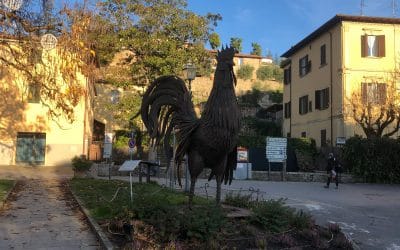Parish Church of San Polo in Rosso
Its forms are reminiscent of a strange union between the sacred and the military
Of great artistic interest is the parish church of San Polo in Rosso, already mentioned before the year 1000 as property of the Firidolfi family, later Ricasoli. Despite the numerous renovations two-three and fifteenth century, it retains its charm.
The village was transformed into a fortress during the thirteenth century.
The fortified parish church is in Romanesque-Gothic style; it consists of a large church with three naves, incorporated into a large, almost quadrangular, castle construction.
Inside the fortified church are visible medieval frescoes of the Sienese school, an interesting wooden crucifix and liturgical furnishings from various eras. Located on a hill, the castle of San Polo in Rosso is located in the heart of Chianti Classico, surrounded by a landscape renowned for its vineyards, forests and the wealth of priceless art treasures: imposing castles, monasteries and fortified villages.
Why should you visit Parish Church of San Polo in Rosso
The original defensive walls and towers can still be seen today
it is the right place to raise the spirit.
Continue with the discovery of Chianti...
Panzano in Chianti
Panzano in Chianti Living in another eraThe Via Chiantigiana is one of the most seductive streets of Chianti Classico. It winds through rolling hills, villages, castles and wineries where you can taste the famous DOC wine. Panzano in Chianti is a quiet holiday resort...
Greve in Chianti
Greve in Chianti A paradise for lovers of greenery The history of Greve in Chianti is strongly connected with the beautiful Castle of Montefioralle, located above the city. This small fortified village is a real jewel, where you will find yourself walking along narrow...
Gaiole in Chianti
Gaiole in Chianti A market town for castles and surrounding areasGaiole in Chianti in the past was a city busy with local traffic, but after the end of the conflicts between Florence and Siena, it turned more towards agriculture, strengthening its position as a market...

